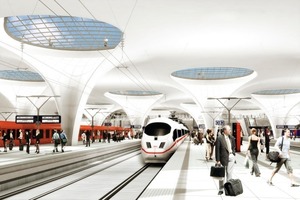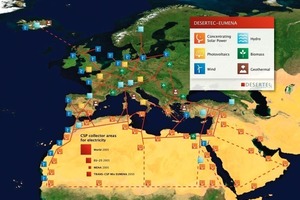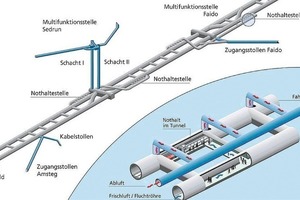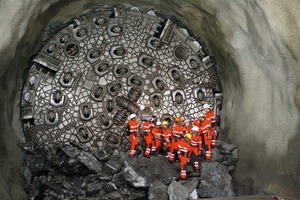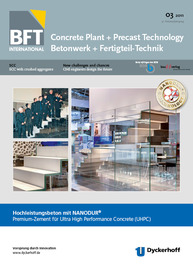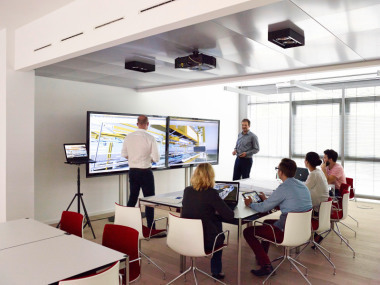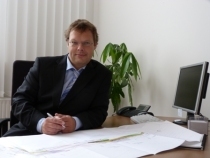Civil engineers design the future
Architects and civil engineers plan and construct, they often design and change the world in a positive way, but sometimes unfortunately also in a negative way. There is hardly any other profession that interferes that extensively in all areas of life and technology and covers them than the profession of architects and civil engineers.
They plan and design residential buildings, kindergartens, schools, universities, administration and office buildings, theaters, concert halls, hospitals, prisons, railroad stations, airports, hotels, factories and production facilities, infrastructure like networks of water, waste water, power, gas, oil, roads, railroads and waterways as well as harbors, runways and energy systems like nuclear, hydro and coal-fired power stations, wind and solar power plants.
To study civil engineering and architecture is at least as interesting and versatile as the profession itself. However, getting the degree is not the end of training and studying. Life-long learning and further training is ever necessary as materials, methods, technologies and requirements are subject to permanent change and modification.
The profession of architects and civil engineers has drawn utmost attention all over the world since the Stuttgart 21 project at the latest. The so far limited number of architects and civil engineers is supplemented by a new army consisting of children, pupils, students, housewives, pensioners, either male or female coming from all classes of the population. All of a sudden, they are „experts“ in construction. But why shall there be so many years of studying, practical experience and further training? The other people do know it even better! It is similar to the situation in a soccer stadium when in case of doubt audience and fans know everything even better than the referee, coach or professional soccer player.
It is strange, when talking about health, healing and surgery most patients, however, want to have the best and latest technology and medicine. Is here again the same number of know-alls and self-taught persons? It is certainly not. In medicine we mostly rely on help and advice of the physicians and this is good news because medicine and chemistry have improved our quality of life. We have, for instance, a remarkably longer life expectancy compared to former generations. But hasn‘t the construction industry made a considerable contribution to a better quality of life either?
All these give us food for thought and shows how self-related people are.
The same citizens of Stuttgart who now demonize the Stuttgart 21 project protested against the Weissenhof Estate, the Main Station of Bonatz, the concert hall Liederhalle and the television tower decades ago. Today, these buildings are popular architectural monuments. It seems as if people are now proud of everything they disliked in the past. Isn‘t it a perverse world?
Architects and civil engineers had to learn in the past decades how their buildings alter, how they get older, fatigue and sustain damage. Already today, more than ever before, maintenance, attendance, repair and retrofitting are key topics in the course of planning. All parties involved have to face the challenge to design and construct rugged and durable building structures. In order to meet this ever more important requirement, the life cycle assessment of building structures will be inevitable in the future.
Today‘s architects and civil engineers complement, enhance and improve the quality of living, work, leisure, studying and relaxation. But building also means that the construction industry is the greatest polluter. It has the biggest share in producing CO2 and consumes more than 50% of the raw materials. But then this is also an opportunity for the construction industry. The sector is able to make the greatest contribution to reduce this negative impact. The corresponding keywords are: green construction products, green and recycled building materials, energy-plus-houses, generation of environmental-friendly energies and placing roads and tracks underground in order to preserve the landscape.
Moreover, now there are new challenges for architects and civil engineers owing to the different geographical and demographical developments. Examples for this fact are the huge difference in terms of the lifespan of building structures in Japan (13 years) and England (134) or the worldwide growing rural depopulation. Already now more than 50% of the world population lives in cities. In just 15 years this number will already account for 60% and the rate will even increase.
These changes require huge endeavors in all fields of building and construction. Architects and civil engineers are, however, in the position to provide for all areas of life and work as well as production sectors and for the infrastructure the needed and appropriate construction means taking the energetic and environmental aspects into account. But the population, in particular in Europe, has to be more open-minded. Politics and administration will also be asked in future to encourage a fast implementation of building projects in particular for major projects after thorough preparations.
The world outside Europe changes in no time at all. If our continent does not want to decay to an admired museum, the opinion and attitude of the Europeans have to change fundamentally in respect of new developments and large-scale projects. This, however, also means that the population has to be informed comprehensively on such new planning and that advantages and disadvantages but also the risks have to be communicated openly. The implementation of the Gotthard Base Tunnel project worth billions of Euros has demonstrated how promising this way can be.

